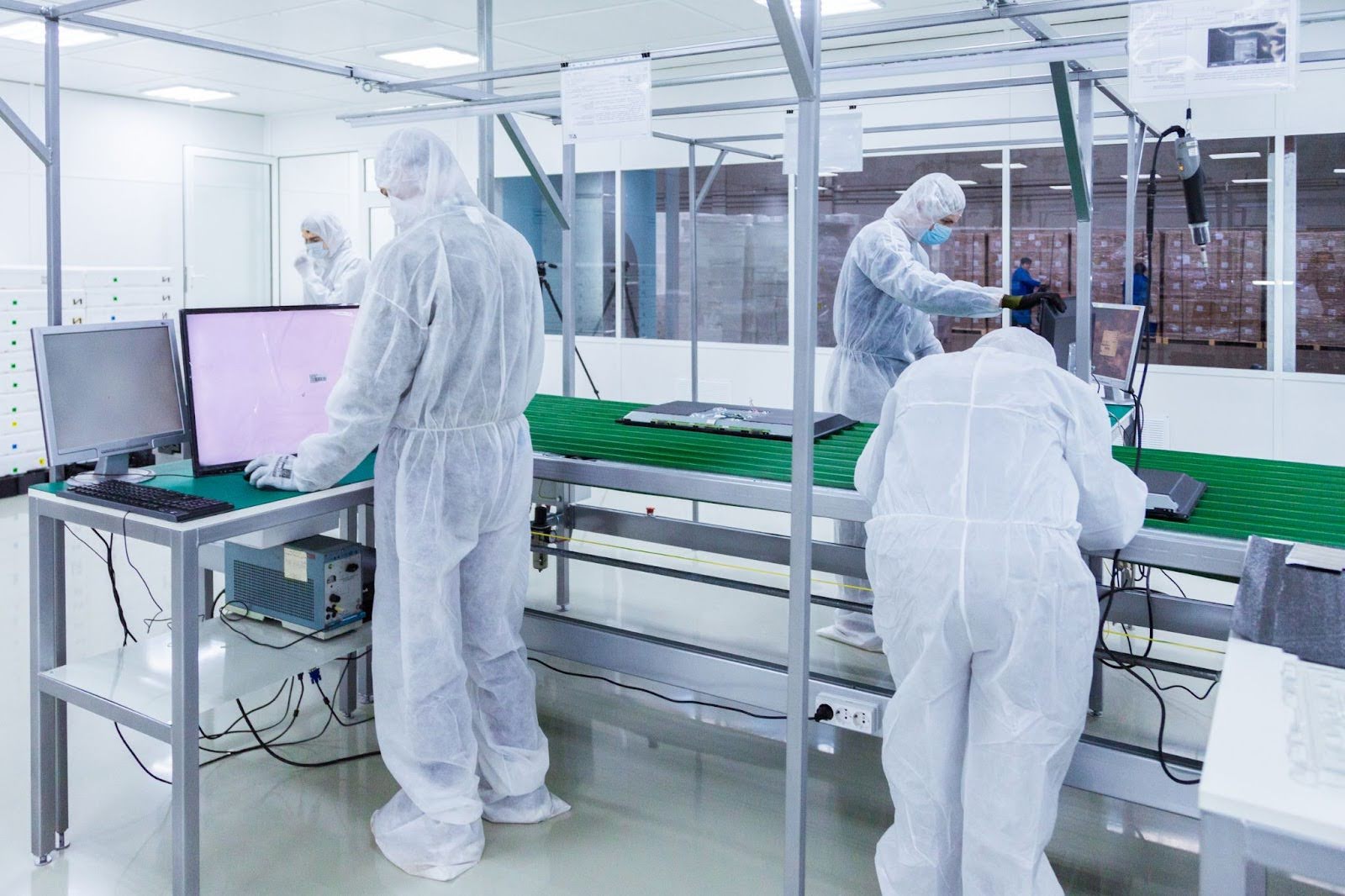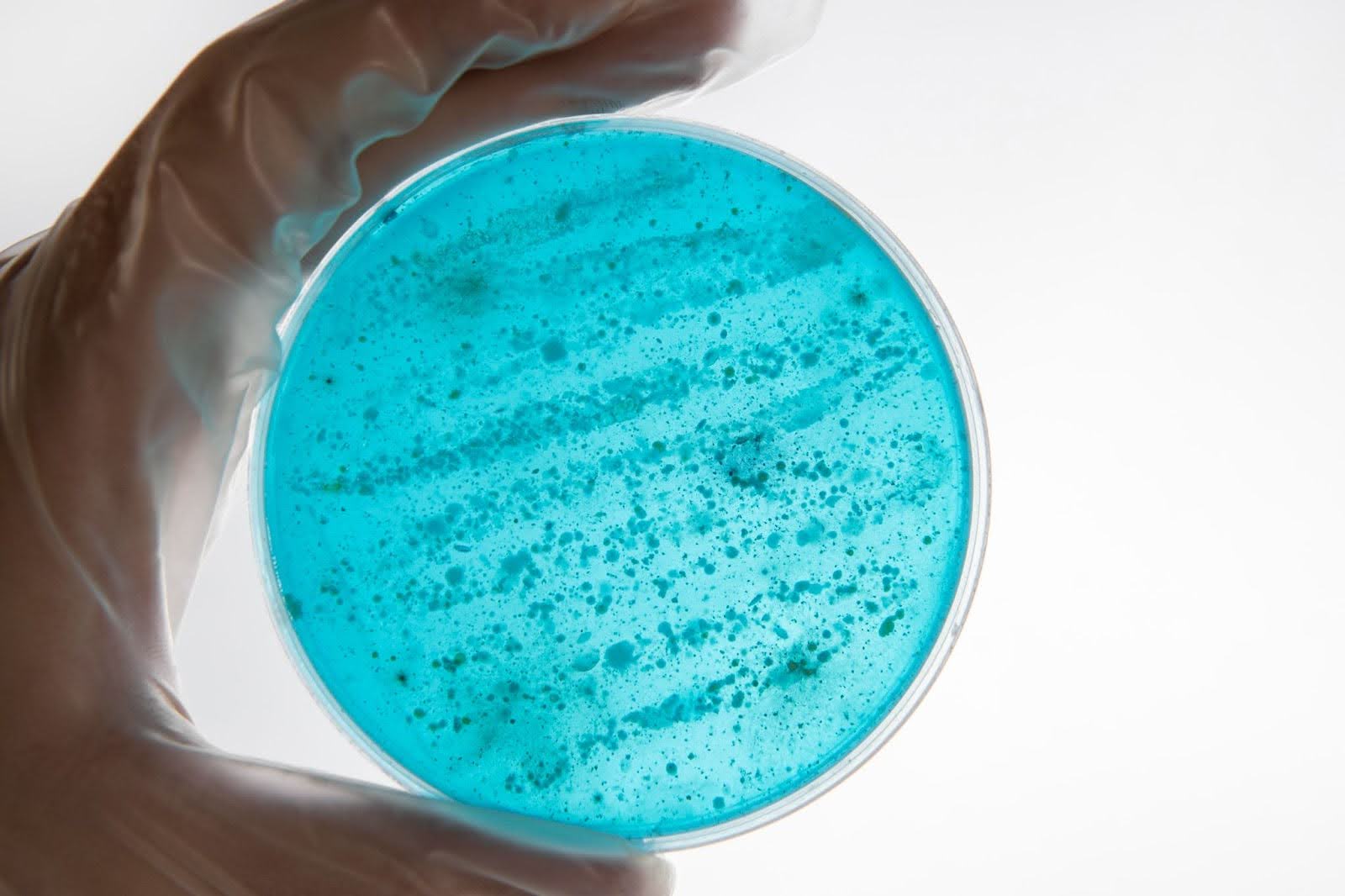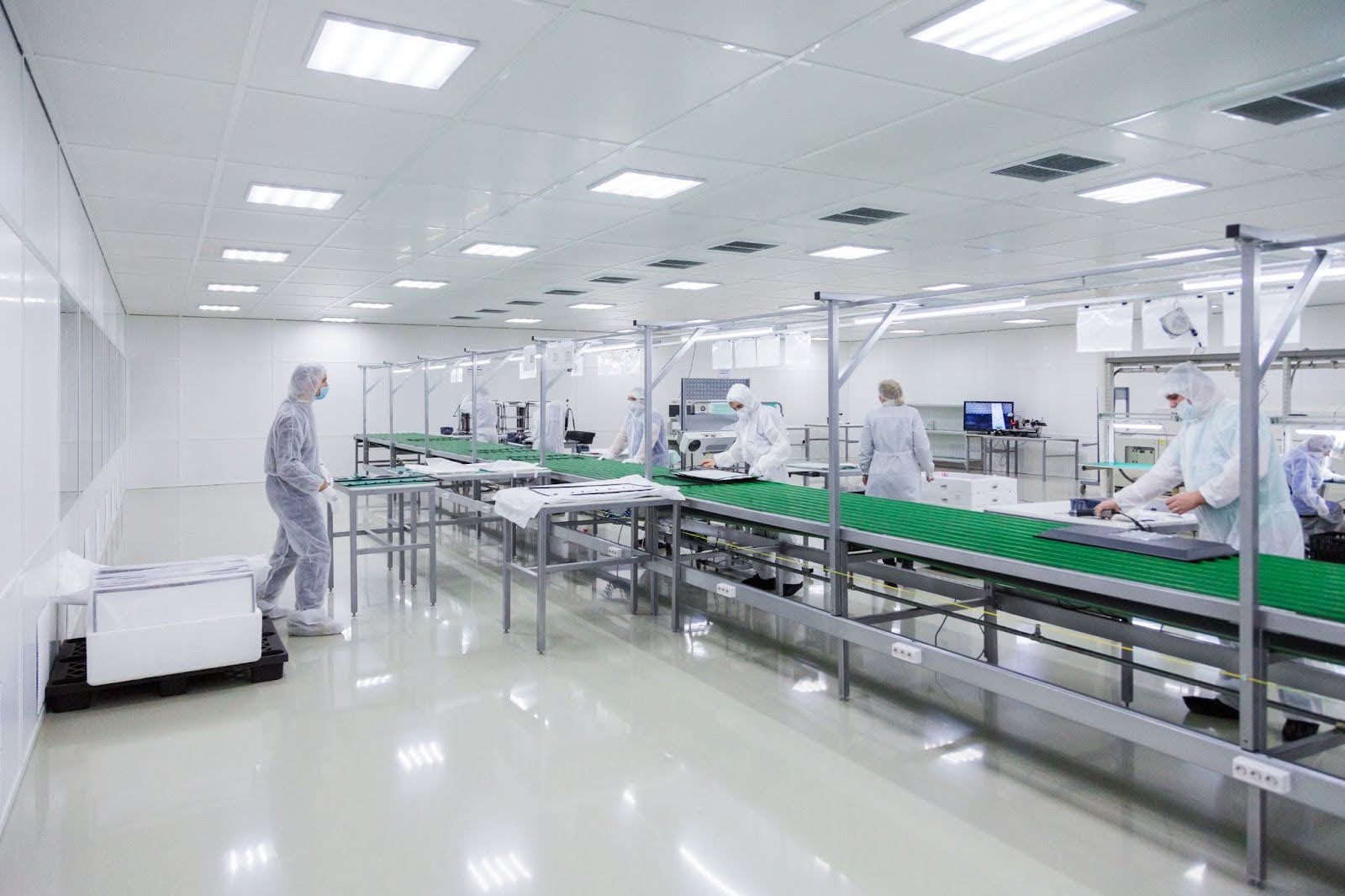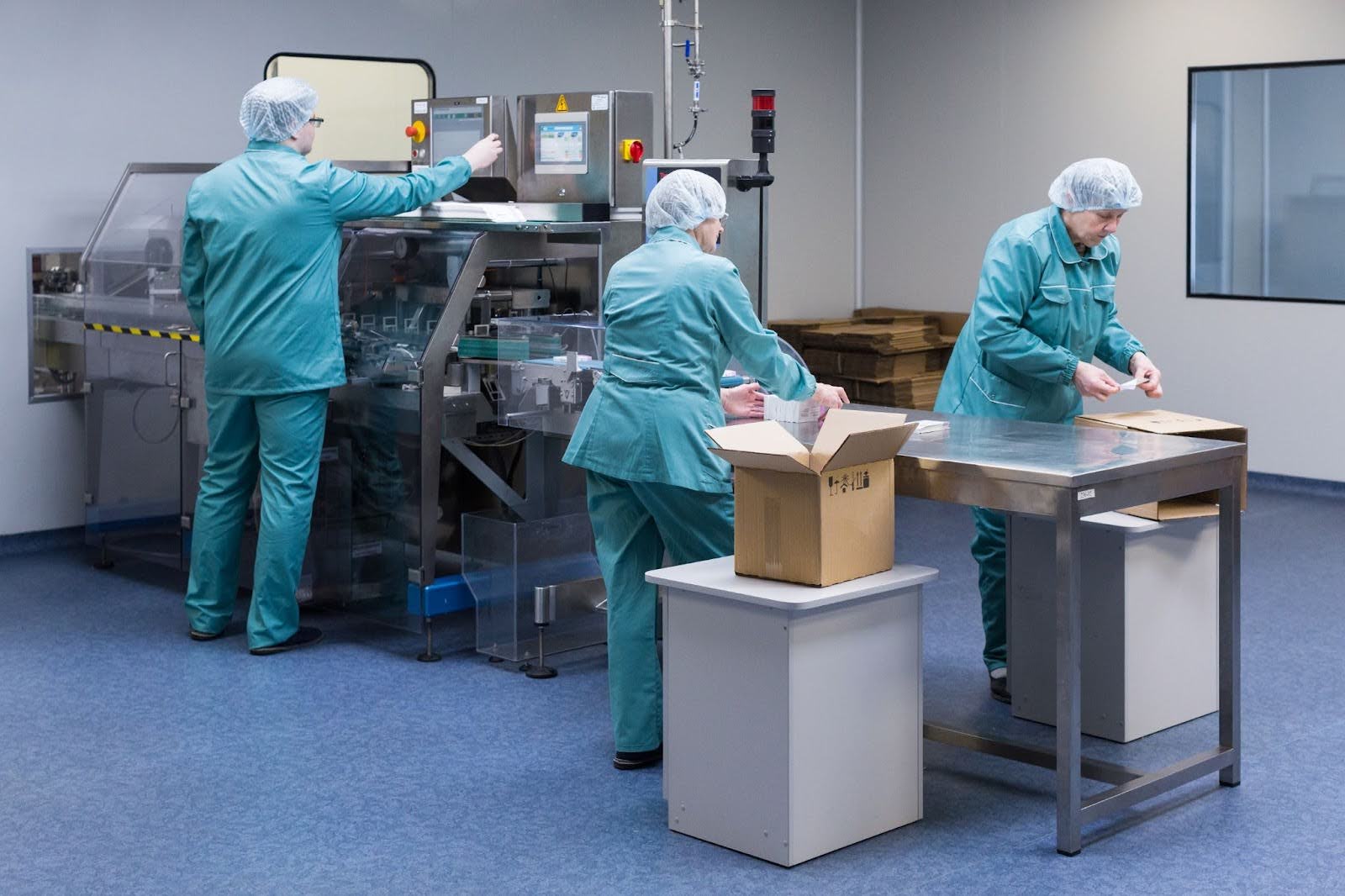by Mrudula Kulkarni
7 minutes
Mastering Sterility: How SUS and Bioburden Control Strengthen Your CCS
Learn how SUS and bioburden control improve sterility, efficiency, and compliance in pharma contamination control strategies.

Picture a sterile manufacturing suite—bright lights, humming machines, operators moving with clockwork precision. Everything looks perfect… until it isn’t. Sometimes, all it takes is an unseen microbe—a ghost in the system—to turn precision into peril. This invisible adversary doesn’t announce itself; it waits for the smallest lapse, the tiniest flaw in a seal, or a moment of inattention.
That’s why the industry has evolved. Enter Single-Use Systems (SUS) and advanced bioburden control—modern guardians in the cleanroom battlefield. They don’t just simplify processes; they rewrite the story of sterility assurance.
With the growing complexity of manufacturing networks, many pharma companies now explore outsourcing sterility assurance in CCS to leverage specialized expertise while maintaining regulatory compliance. Together, they help manufacturers stay one step ahead, ensuring that every batch tells a story not of contamination, but of control, consistency, and confidence.
Why SUS Matters in Modern Pharma
Single-Use Systems (SUS) have evolved from niche applications to mainstream adoption across biopharmaceutical manufacturing. They include disposable bags, tubing, connectors, and assemblies that replace traditional stainless steel or fixed systems.
The advantages of SUS are clear:
- Reduced Cross-Contamination Risk: Single-use components minimize the risk of microbial carryover between batches, as they are used once and discarded.
- Lower Cleaning & Validation Burden: Unlike stainless steel systems that require rigorous cleaning and cleaning validation, SUS reduces operational complexity.
- Flexible Scale-Up: SUS allows manufacturers to quickly adjust production scale without redesigning permanent infrastructure.
- Operational Efficiency: Reduced downtime for cleaning and sterilization translates to increased facility throughput.
However, SUS adoption comes with its own challenges, particularly when it comes to bioburden control. An effective strategy integrates environmental monitoring and container closure integrity testing to detect and prevent microbial ingress that could compromise product sterility. Even disposable systems can harbor microbial contaminants if not handled, stored, or sterilized properly.
Understanding Bioburden Control
Bioburden refers to the population of viable microorganisms present on a product, equipment, or component before sterilization. In sterile manufacturing, bioburden control is critical because the initial microbial load directly impacts the success of sterilization processes.
The adoption of AI-driven rapid microbiological monitoring in cleanrooms further enhances early contamination detection and data-driven decision-making in bioburden management.
Why it matters:
- Regulatory Compliance: Regulatory agencies such as the FDA and EMA mandate strict monitoring and control of microbial populations in CCS.
- Sterility Assurance: High or uncontrolled bioburden increases the risk of batch failures, recalls, or contamination events.
- Process Optimization: Understanding and controlling bioburden helps define sterilization cycles, cleaning procedures, and facility hygiene standards.
A successful CCS integrates bioburden monitoring with risk-based approaches to identify critical points where contamination may occur and to implement controls proactively. Regular media fill validation for aseptic processes helps verify that the contamination control measures established within the CCS are effective under routine and stressed conditions.
Integrating SUS into Bioburden Control
SUS offers unique advantages for bioburden management, but only when integrated properly into a holistic CCS:
- Material Selection: Single-use components must be made from low-shedding, pre-sterilized materials. Suppliers typically provide gamma-irradiated or autoclaved systems validated for bioburden limits.
- Controlled Handling & Storage: SUS components must be stored in controlled environments with monitoring of temperature, humidity, and particulate levels to prevent microbial ingress.
- Aseptic Assembly: Even disposable systems require trained personnel and proper gowning protocols during assembly to prevent contamination introduction.
- Routine Bioburden Testing: Sampling of SUS components before use, combined with environmental monitoring, ensures that microbial loads remain within acceptable limits.
By treating SUS as an active element in contamination control, rather than just a convenience, manufacturers can maximize both operational efficiency and sterility assurance.
Challenges & Considerations
While SUS and bioburden control provide clear advantages, there are several challenges to address:
- Supplier Reliability: SUS quality varies; thorough supplier audits and qualification are essential.
- Material Compatibility: Certain active pharmaceutical ingredients may interact with SUS materials, potentially affecting product quality.
- Waste Management: Single-use components generate additional regulated waste, requiring environmentally responsible disposal practices.
- Integration with Automation: For facilities employing RABS (Restricted Access Barrier Systems) or isolators, SUS must be compatible with automated filling or handling equipment to maintain sterility.
Addressing these challenges requires careful planning during CCS design, with a focus on risk mitigation, operator training, and documentation. Modern systems now employ AI for microbial trend detection in environmental monitoring to identify subtle deviations and strengthen contamination control decisions.
Conclusion
Single-Use Systems (SUS) and bioburden control have evolved from optional tools to strategic pillars of a robust Contamination Control Strategy (CCS). SUS offers unmatched flexibility, reduces cleaning burdens, and minimizes cross-contamination risks, while rigorous bioburden monitoring safeguards sterility from raw materials to the final product.
When thoughtfully integrated, these elements empower pharmaceutical organizations to enhance sterility assurance and compliance, reduce operational downtime and cleaning validation costs, and minimize human error and contamination risk.
They also lay the foundation for scalable, adaptable facilities prepared for next-generation therapies. Maintaining endotoxin control and depyrogenation in sterile manufacturing ensures pyrogen-free conditions and complements the sterility assurance framework built through SUS and bioburden control.
In the high-stakes world of sterile manufacturing, success in CCS depends on designing systems that are proactive, resilient, and intelligent. SUS and bioburden control are not merely technical measures—they are the cornerstones of confidence, efficiency, and patient safety.
FAQs
1. What are Single-Use Systems (SUS), and why are they important in sterile manufacturing?
Single-Use Systems (SUS) are disposable components used for fluid handling, processing, and storage in sterile environments. They reduce the risk of cross-contamination, simplify cleaning and validation, and enhance operational flexibility, making them critical for contamination control.
2. How do SUS contribute to bioburden control?
SUS minimize human contact, reduce repeated cleaning cycles, and eliminate persistent residues, lowering microbial load in production processes. Their disposable nature helps maintain sterility and reduces potential contamination sources in a cleanroom.
3. What is bioburden, and why does it matter in a CCS?
Bioburden refers to the number of viable microorganisms present on a surface or in a product before sterilization. Monitoring and controlling bioburden is essential to prevent microbial contamination, ensure sterility, and meet regulatory standards.
4. How are SUS integrated into a Contamination Control Strategy (CCS)?
SUS are incorporated as critical components in CCS, with risk assessments, validation, and monitoring plans. Their design, material compatibility, and sterilization method are documented to ensure they consistently maintain sterility.
5. What are common challenges with SUS in bioburden control?
Challenges include improper handling during assembly, storage, or installation, potential leachables or extractables, and ensuring compatibility with sterilization methods. Regular monitoring, staff training, and quality controls mitigate these risks.




